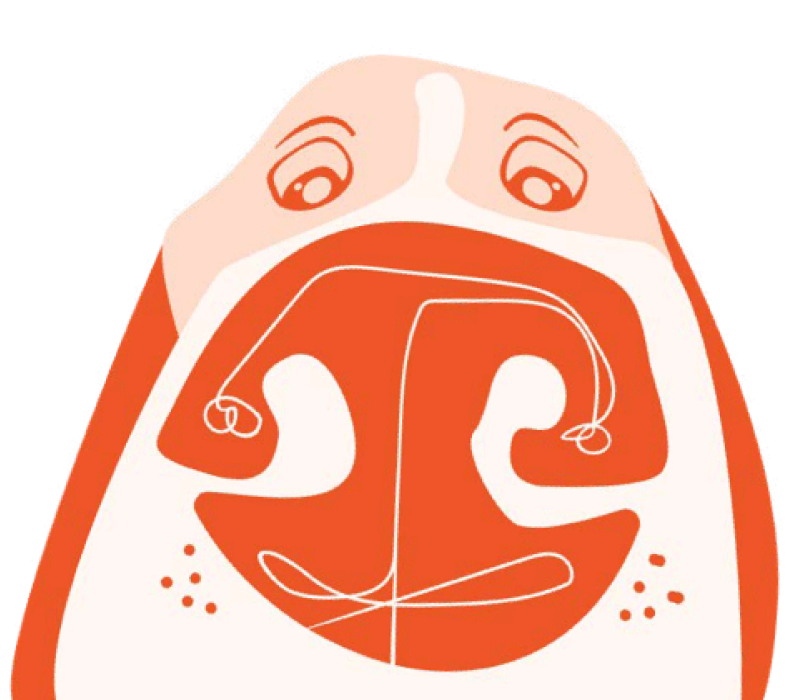ZOGOFLEX® & SEAFLEX®
What’s the difference between Zogoflex & Seaflex?
- Simply put, Seaflex contains post-consumer recycled ocean-bound plastic.
- Seaflex contains 12.5% recycled ocean-bound plastic (HDPE) blended with 88.5% Zogoflex (TPE). Whereas, our Zogoflex material is recyclable,100% virgin TPE (Thermoplastic elastomer).
What's the same between Zogoflex & Seaflex?
- Bendy and flexible and durable and floatable
- No bad stuff: No harmful toxins, No BPA, No phthalates, No Latex, FDA Compliant, CE marked
- Made responsibly with eco-conscious materials
- Recyclable through Join the Loop
- Thoughtfully designed and made in the USA
Will you still recycle the Seaflex toys?
Yes! Like our Zogoflex toys, Seaflex will be a part of our Join the Loop® Recycling program available through our website and at select retailers. Visit our retail locator to see if there is a location near you.
Why do the Seaflex toys all have different swirl patterns in the same colorway?
The variation in swirl colors (within a single colorway) visually conveys the variable nature of the material flow within each molded shape. This was intentional in our product design, as the color mixes within the machine, they produce infinitely unique and beautiful color combinations making each toy unique to its 4-legged owner.
SAFETY & DURABILITY OF SEAFLEX
How can you be sure the ocean-bound plastic contained in Seaflex is safe for my dog?
- Seaflex is safe! As with Zogoflex, we ensure our Seaflex material is safe and non-toxic, latex- BPA- and phthalate-free and FDA Compliant - meaning it’s safe to eat off of.
- Seaflex has the same CE certification and safety measures as Zogoflex. CE marking indicates that a product has been assessed by the manufacturer and deemed to meet EU safety, health and environmental protection requirements. It is required for products manufactured anywhere in the world that are then marketed in the EU
ABOUT OCEAN-BOUND PLASTIC:
What does "Ocean-bound plastic" mean? And how is it sourced?
Ocean-bound plastic is defined as material collected from communities with no formal waste management within 50 km or 31 miles of the shoreline. This terminology is in accordance with standards and research set by renowned marine debris expert, Jenna Jambeck.
Where do you source the plastic from? And how do you clean it?
Zogoflex is our recyclable, zero-waste virgin TPE material and is sourced in the USA. This is blended with the ocean-bound HDPE (think milk jugs and shampoo bottles) to make Seaflex!
The ocean-bound HDPE material is sourced from coastal communities in Central America within 31 miles or 50km from the shore-line and has no formal waste management system in place.
The ocean-bound plastic is cleaned using a patented, chemical-free cleaning process that removed contaminants and volatile substances and reprocessed into safe and non-toxic Seaflex material.
What are the social & environmental impacts of using Ocean-bound plastics?
- Simply put, the Seaflex collection was created to be part of the solution - environmentally and socially:
- Collectors and processors of ocean-bound plastic create jobs and stimulate the economy while also cleaning their local environment.
- Recovering plastic that would have otherwise ended up in the ocean helps prevent the environmental hazards of microplastics, which impacts both marine and human life. As plastics break down, they not only may be consumed by hungry sea creatures, but their chemical additives may also leach into the ecosystem. This can harm other marine animals and the underwater vegetation that supports them.
- When waterways are free of plastic pollution, local industries such as fishing and tourism can thrive
.
What are the specific impacts of the Seaflex Collection?
- Our goal is to save the equivalent of 26,000 plastic milk jugs from entering the ocean by April, 2022!
- With an equivalent of 6 one-gallon milk jugs we can make 40 Seaflex products:
- we can make 7 large Drifty's
- we can make 11 small Drifty’s
- we can make 10 small Drifty’s
- we can make 6 Snorkl’s
- we can make 3 No-Slip Bowls
- we can make 3 Feeding mats
-
SUPPLY CHAIN TRANSPARENCY AND OCEANWORKS PARTNERSHIP
What is Oceanworks® and what is your relationship to Oceanworks?
Oceanworks is the world’s leading marketplace for sustainable materials. They specialize in hard-to-access ocean and averted plastics, sourcing quality materials from around the world. Oceanworks supplies us with ocean plastic resins to use in our Seaflex products. With their careful supplier screening and onboarding process, Oceanworks ensures that the material we use is genuine, high-quality, and ethically collected.
What is the Oceanworks Guarantee?
The Oceanworks Guarantee ensures the ocean-bound plastic material meets guidelines for source authenticity, supply chain transparency, and social and environmental compliance.
How do you know the origin of the ocean and averted plastic?
- The plastic origin is verified by our partner Oceanworks. Specifically, our Seaflex ocean-bound material comes from coastal areas in Central America. Oceanworks has built a global network of trusted plastic recyclers that turn plastic scrap into usable resins. These processing facilities purchase plastic scrap from collectors and aggregators who gather mismanaged waste that would otherwise be polluting the environment.
- All Oceanworks Guaranteed Suppliers complete self-assessments that provide visibility into material sources, volume capacities, and collection process compliance. The initial assessment is followed up with site visits and/or 3rd party audits. Materials are also tested in independent laboratories to ensure that they consistently meet their listed specifications.
Who is processing the ocean-bound plastic?
Our partner, Oceanworks, works with many suppliers from around the world who purchase local plastic scrap (called feedstock) and process it into usable plastic pellets, flakes or yarns. In the case of Seaflex, the ocean-bound feedstock comes from coastal areas in Central America. These companies are called processors or recyclers. Oceanworks works closely with the recyclers to promote material quality, origin authenticity, and adherence to international environmental and labor laws.

